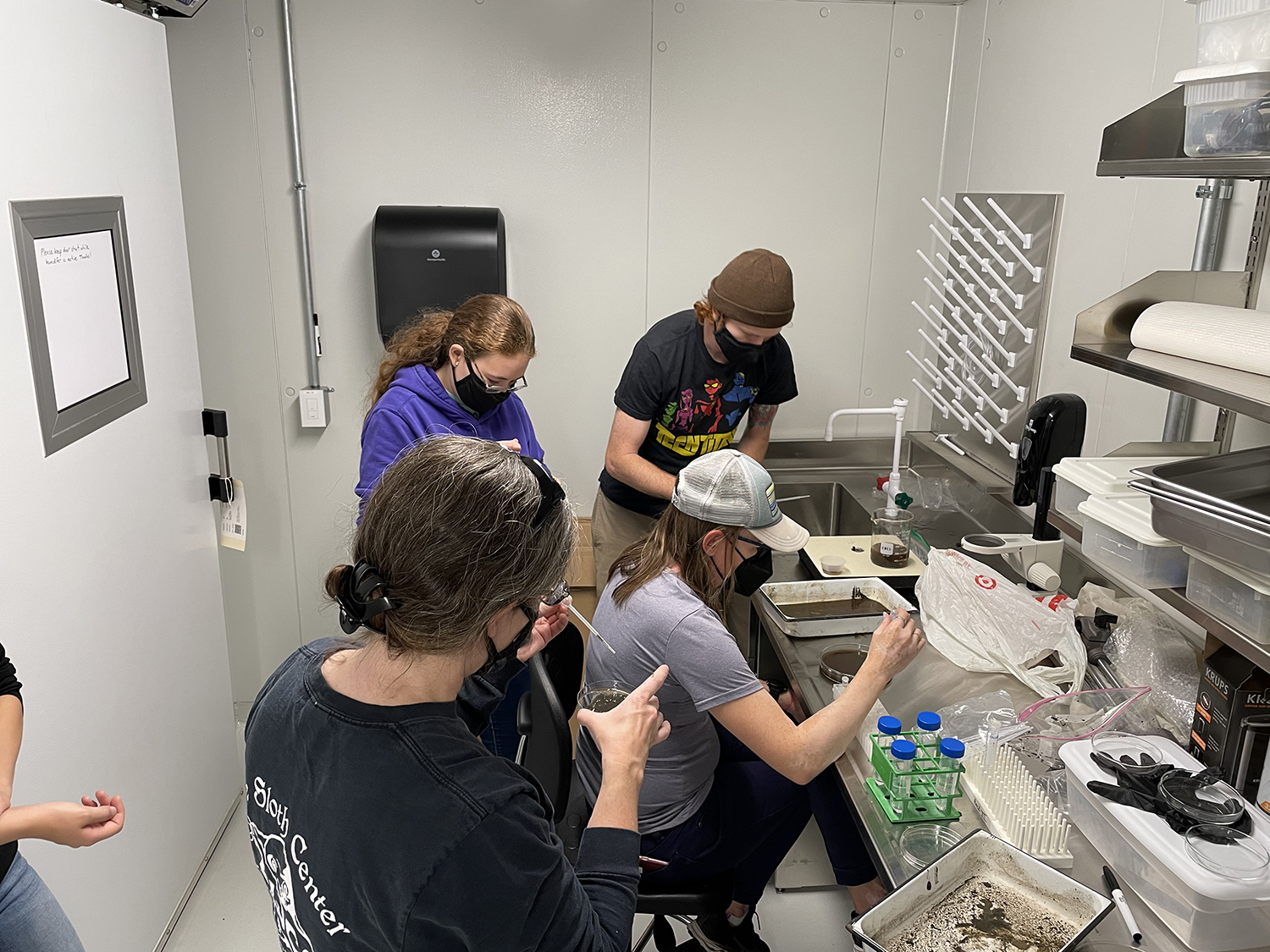


About
Pathogens ranging from coronavirus to influenza virus periodically undergo major evolutionary jumps in their phenotypes, enabling them to infect novel host species and evade host immune responses and interventions. Understanding the genetics of these events and the ecological context in which these events occur is important for mitigating associated adverse health outcomes. Our research focuses on bluetongue virus (BTV) and epizootic hemorrhagic disease virus (EHDV), which have segmented genomes like influenza and undergo reassortment regularly in transmission systems worldwide. These segmented viruses, transmitted by Culicoides midges in diverse ruminant communities, offer the possibility of understanding how multiple interacting mechanisms facilitate, or limit, opportunities for genetic exchange to occur between distinct virus strains through the process of reassortment. The ecological context for the emergence of reassortant viral strains emphasizes the ecology of the Culicoides midges that vector these viruses. Life traits of both the viruses and vectors are highly temperature sensitive, and the efficiency of transmission could be affected by imminent climate change, variability, and crisis. Furthermore, transmission takes place in the context of diverse ruminant communities at the domesticated animal-wildlife interface, with interactions among those animals likely playing a role for diverse strains to meet and spread. Our experimental system in North America is uniquely valuable for investigating this dynamic in that it offers a platform to intensively study one key midge vector species (Culicoides sonorensis) and multiple wild and domestic ruminant host species across regions with wide ecological gradients. Throughout our work, we integrate laboratory, field, and modeling approaches to address key questions in our research program. This work is funded by USDA-NIFA AFRI as part of the joint USDA-NSF-NIH-BBSRC-BSF Ecology and Evolution of Infectious Diseases program.
CSU Collaborators
Courtney Maichak, Graduate Student Researcher, EHS, CSU
Heather Reider, Veterinary Diagnostics Laboratories, Colorado State University
Mark Stenglein, Associate Professor, Department of Microbiology, Immunology, and Pathology, Colorado State University
Borlee Lab – Department of Microbiology, Immunology, and Pathology
Brad Borlee, Associate Professor
Grace Borlee, Assistant Professor
Mathiason Lab – Department of Microbiology, Immunology, and Pathology
Candace Mathiason, Associate Professor
Joe Westrich, Research Scientist I
Erin McNulty, Research Associate II
External Collaborators
Jennifer Kopanke, Head of Clinical Medicine, Surgery and Training, Oregon Health & Science University
Justin Lee, Team Lead, Genomic Sequencing Laboratory, Centers for Disease Control
Emily McDermott, Assistant Professor, Department of Entomology and Plant Pathology, University of Arkansas
University of Notre Dame
Jason Rohr, Professor, Department of Biological Sciences
Alex Perkins, Associate Professor, Department of Biological Sciences
Sean Cavany, Postdoctoral Fellow
Carly Barbera, Ph.D Student